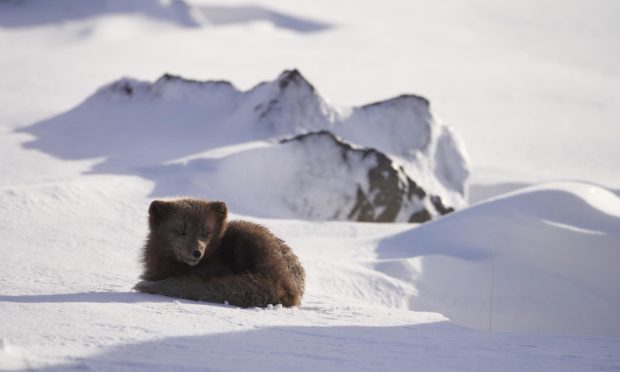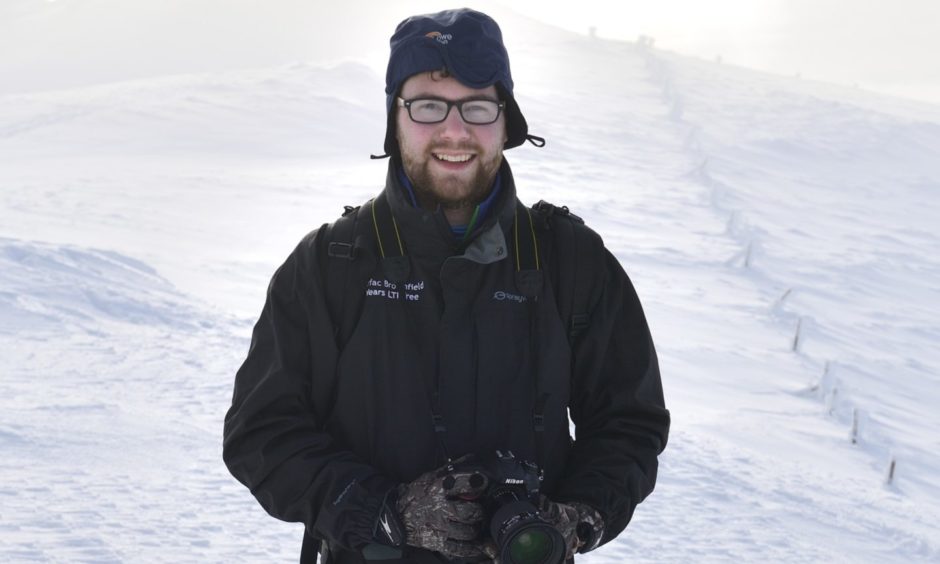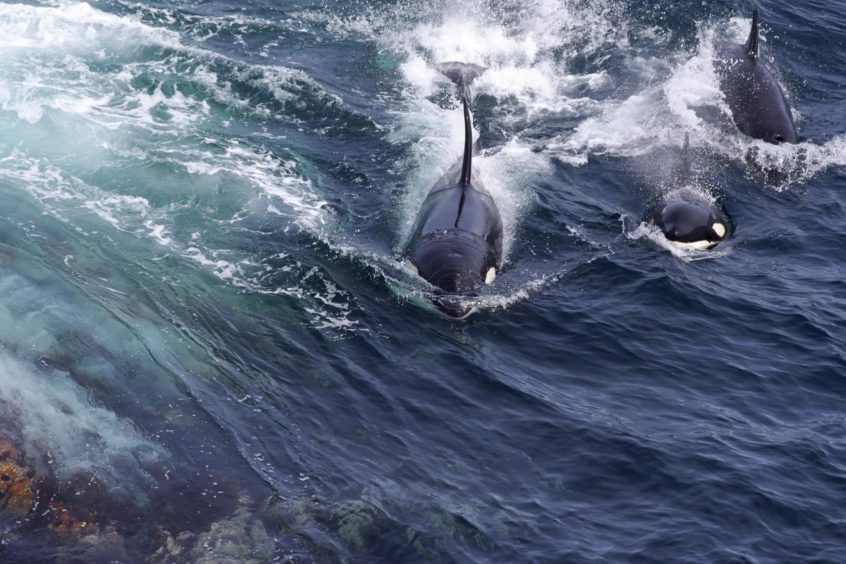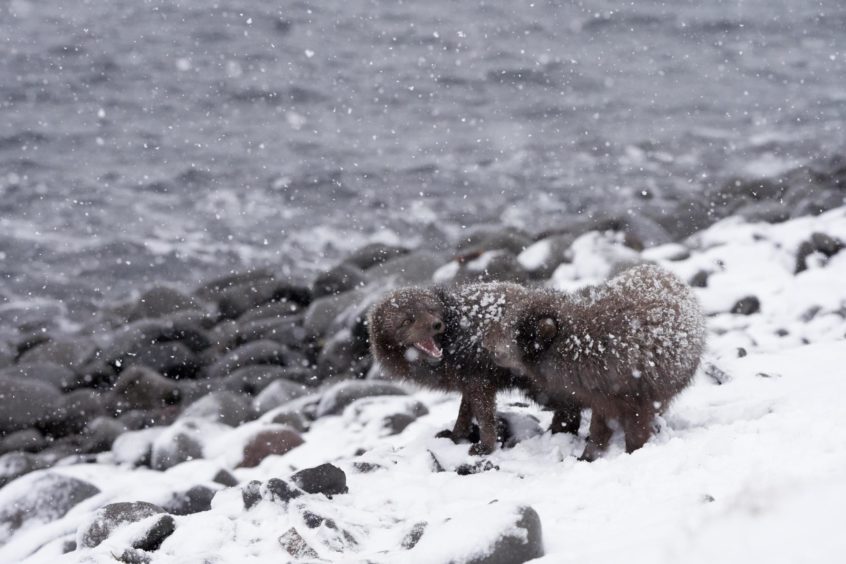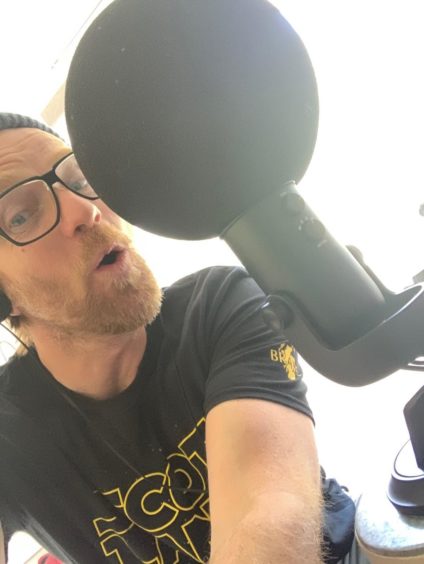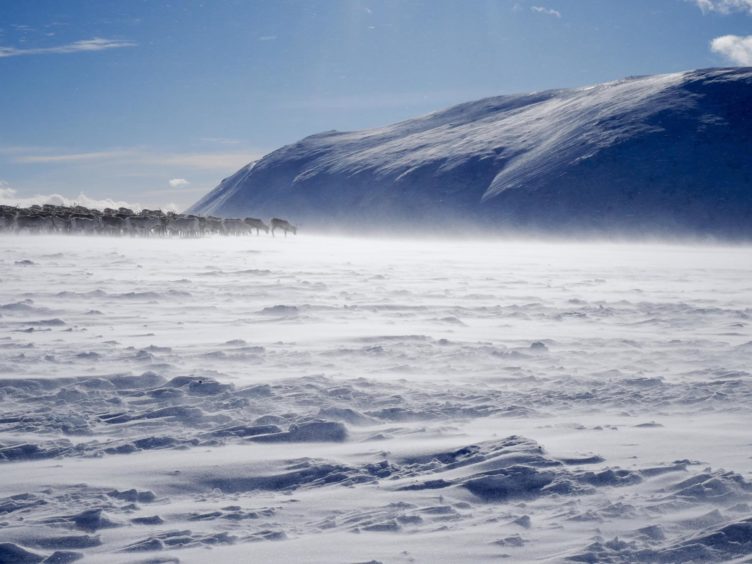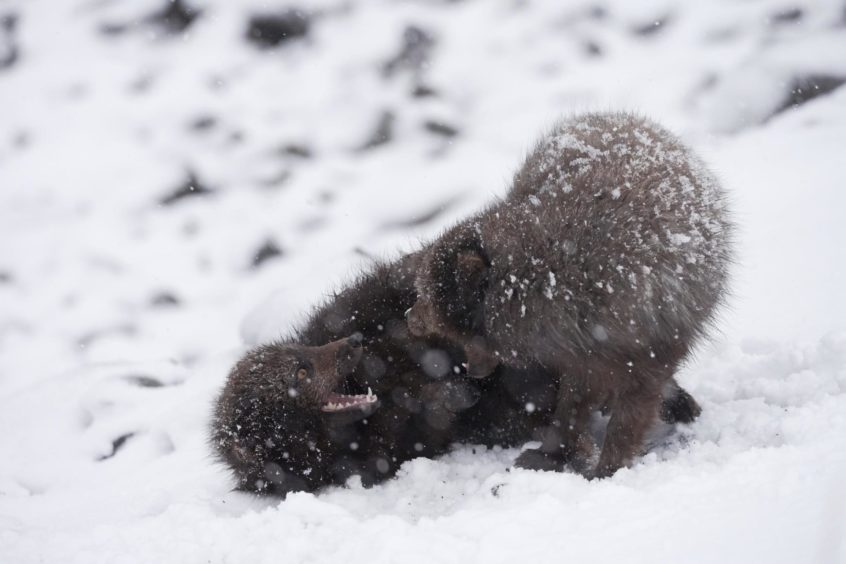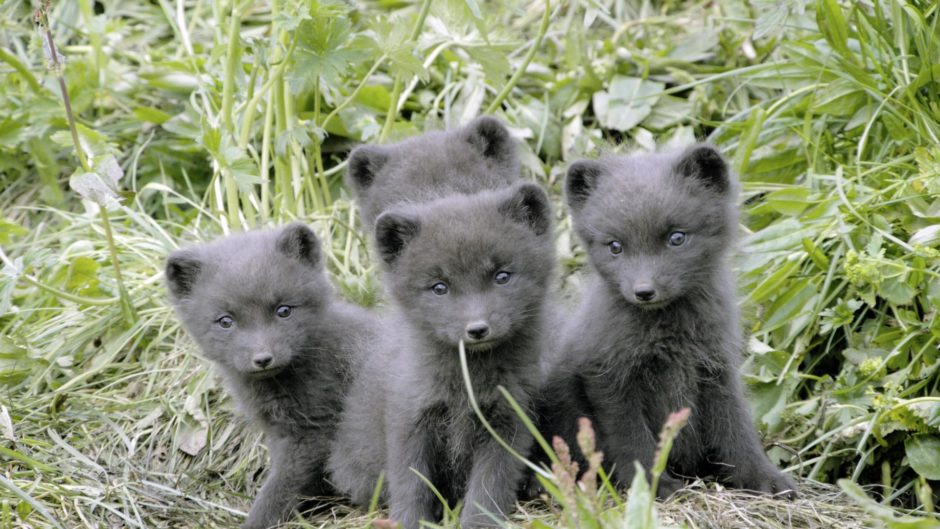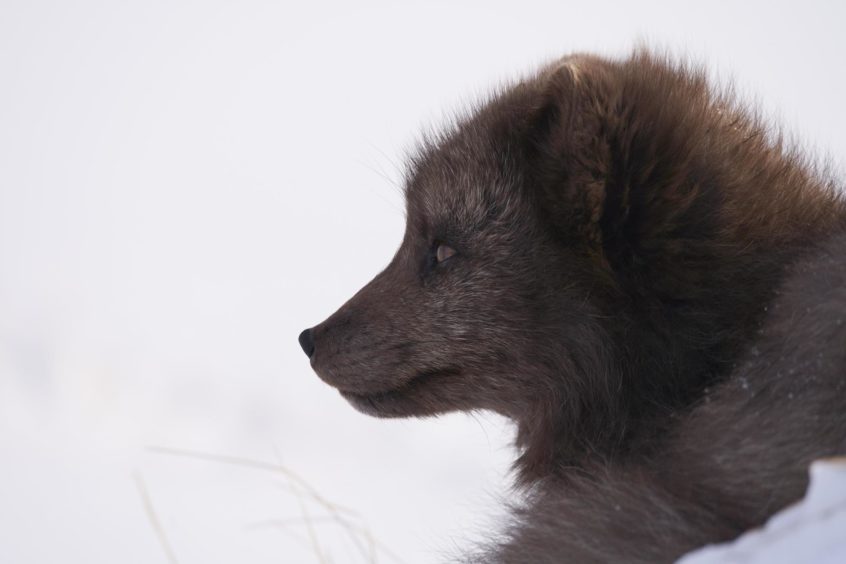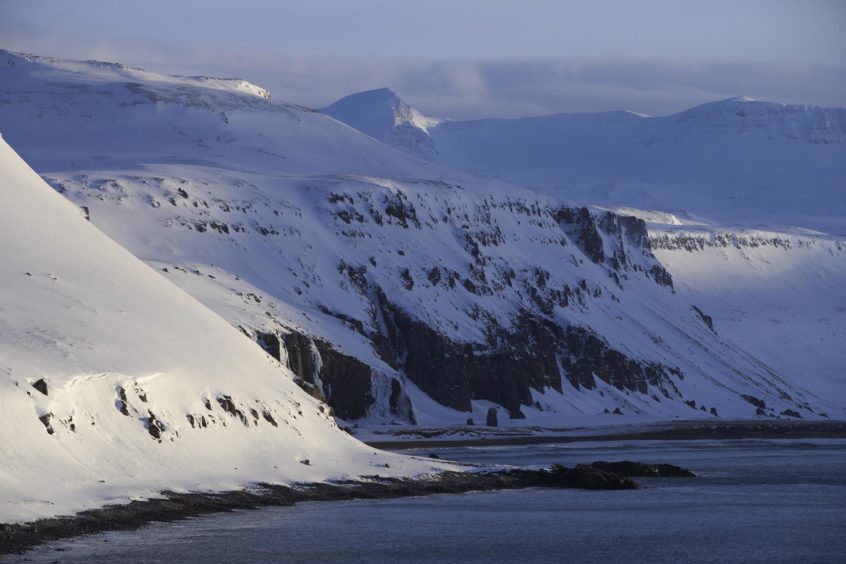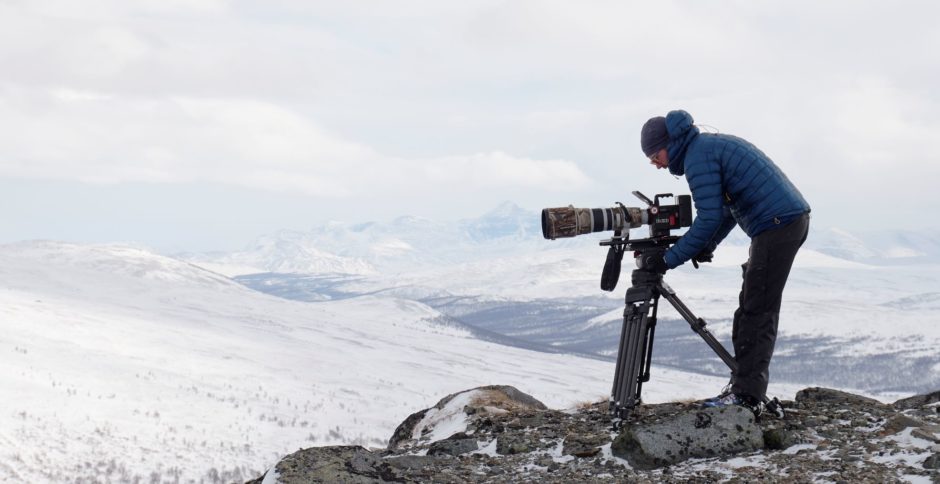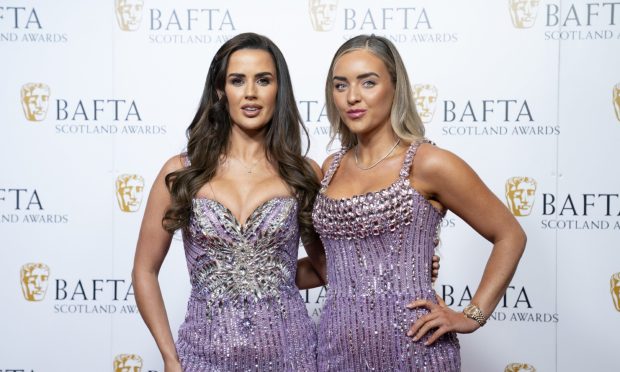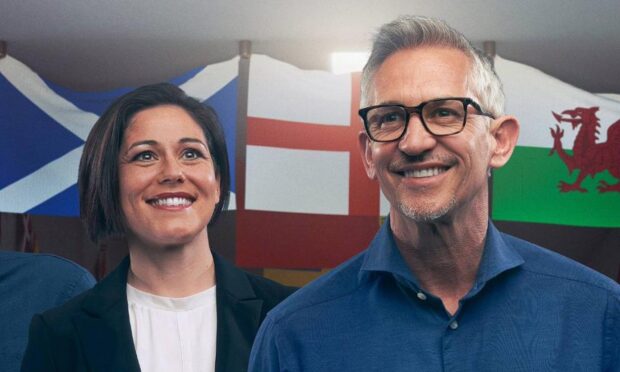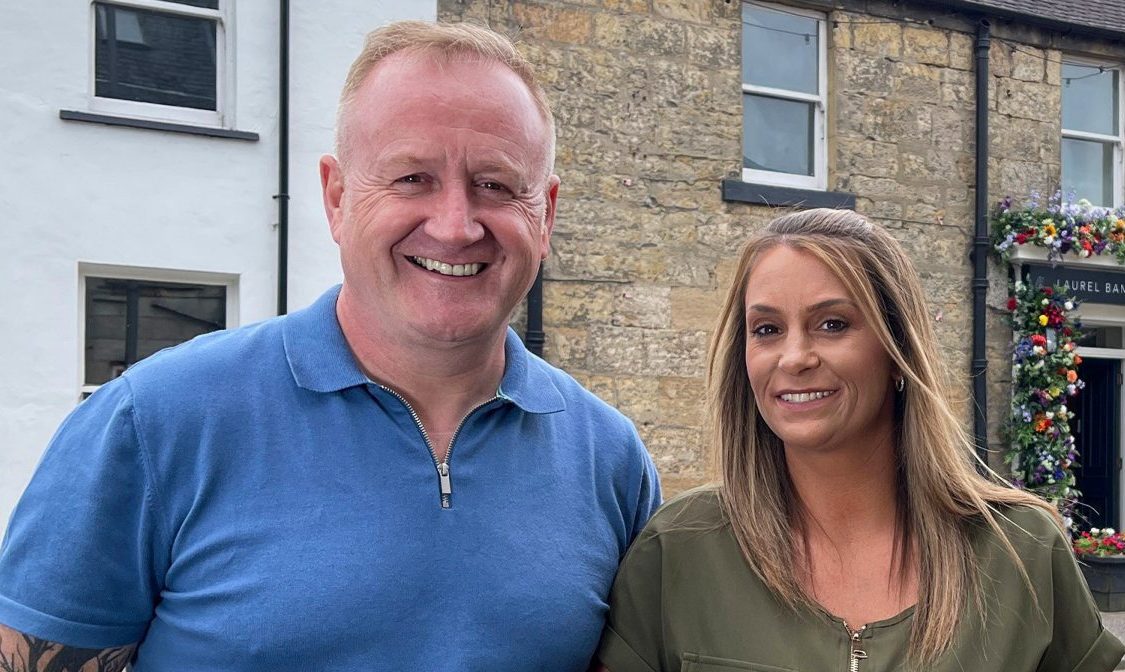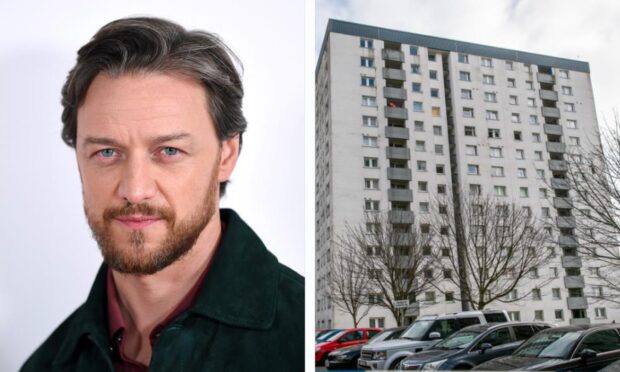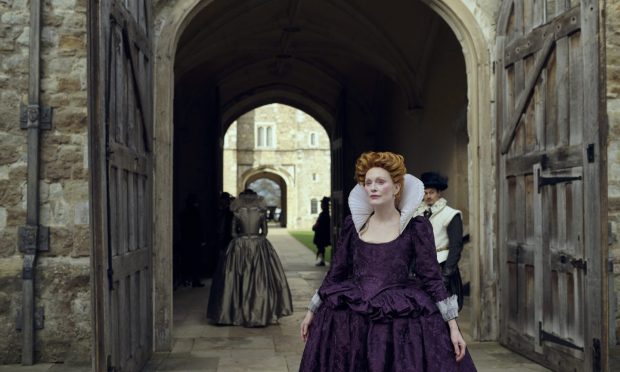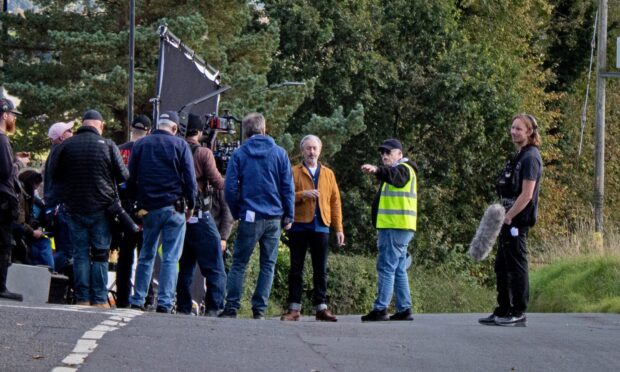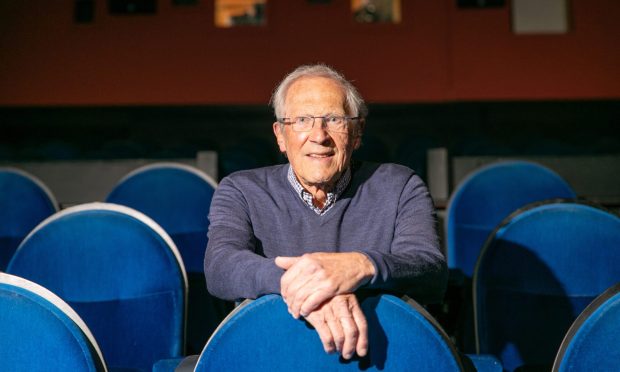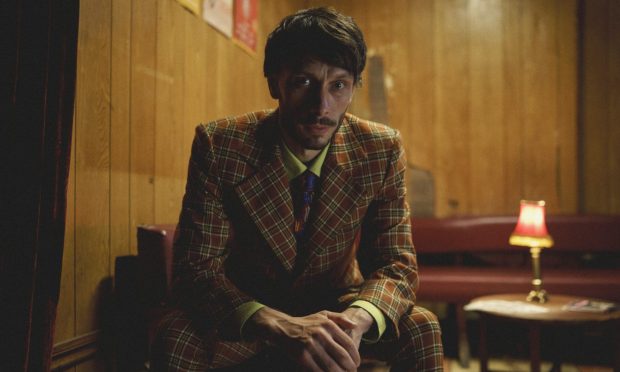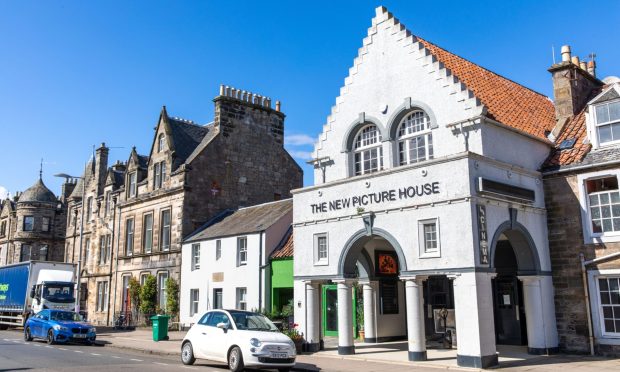Ahead of a new BBC TV series, Michael Alexander speaks to Perthshire-based camera man and award-winning wildlife photographer Fergus Gill about the challenges of filming in some of the remotest, harshest environments in northern Europe.
When 28-year-old wildlife cameraman Fergus Gill reflects on his life so far, he feels extremely fortunate to have grown up in rural Perthshire where he had easy access to the local countryside.
It was here, growing up at Wolfhill, near Perth, that his photographer father Lorne, who works for NatureScot, encouraged him to take pictures of wildlife in the garden and at local lochs and rivers.
Fergus has fond memories of going out with his father at weekends to take photographs together and, as 35mm film cameras gave way to the digital variety, he was enthused that he could instantaneously see what he had just taken.
The moment he realised he wanted to make a career from wildlife photography, however, came on a family holiday to the Western Isles when he came across two wading birds called sanderling.
Crawling along the beach armed with his first digital camera, he was amazed how close he got without them being spooked.
“It was really windy,” he recalls, “and eventually they came up beside me and just sat beside me using me as a windbreak and fell asleep quite literally, within touching distance away.
“That was probably the first amazing moment I had out taking pictures of wildlife. That really instilled in me that this is what I wanted to do.”
A former pupil of Perth Academy, Fergus won various wildlife photography titles as a youngster including the 11-14 year old category winner of the Natural History Museum wildlife photographer of the year in 2004 and 2007; young garden photographer of the year in 2008 and NHM young wildlife photographer of the year grand title winner in 2009 and 2010.
After graduating from Glasgow University with a BSc (Hons) in zoology in 2014, his big break came when he secured a job with Glasgow TV production company Maramedia as a camera assistant before advancing on to become a fully-fledged wildlife cameraman.
He has worked on various programmes since including Born to be Wild and Wild Shetland- Scotland’s Viking Frontier for the BBC and Wild Way of the Vikings for PBS.
Now he’s looking forward to the broadcast of the latest wildlife series he’s principle cameraman for – a three part series called Stormborn – which follows a cast of charismatic, tenacious animals surviving and thriving in the northern edges of the Atlantic Ocean.
Made by Maramedia, the series, narrated by Crieff’s Ewan McGregor, and aided by fellow Courier Country cameraman Peter Barden from Montrose, features Arctic foxes, orca, otters, grey seals and puffins in the remote lands of Scotland, Norway and Iceland.
Beautifully filmed in often treacherous conditions, the first episode follows the animals as winter starts to release her iron grip.
A single Arctic fox scurries across the mountains on a mission to re-unite with his mate from last year but there’s no guarantee she has survived the harsh Icelandic winter.
Fergus explained how dealing with the harsh conditions was a challenge.
Having survived deep winter and a bitterly cold wind chill filming in Norway, he developed chilblain blisters on his hands despite 24-hour summer sun in Iceland where the temperature barely rose above 2C.
Recording how the animals survive there was part of the appeal, however, along with the need for patience to get those sought after shots.
“I always say that if things were easy you’d get them straight away, but then it wouldn’t be half as much fun putting in the time,” says Fergus.
“I think particularly with this film – because it was about trying to follow the lives of these particularly individual families, you only really get that look into what they have to put up with on a day to day basis if you spend that time with them.
“Particularly with the Arctic foxes in Iceland, we were there for over a month in summer just watching these two families.
“You got to see the development of them growing up and what they had to contend with. It was really exciting.”
While the weather in these harsh northern places was sometimes the biggest challenge, getting to the remote locations was often a challenge too.
For example, the Arctic foxes were in the most remote part of Iceland which took a couple of days to reach. The team then had to be completely self-sufficient for a month with food and camping equipment in the wilds.
It was similar in Scotland when they visited the Monach Isles off the Outer Hebrides.
“That was probably most spectacular for me,” adds Fergus.
“No one gets to go and I was in awe that we got to spend some time there. There’s 10,000 grey seals come on to these tiny islands every year to pup.
“To see a wildlife spectacle of that scale and size was amazing.
“We camped there for a couple of weeks. Part of the challenge was getting on and off. You could only get there from a rib.
“There’s no jetty, no pier on the islands.
“We were meant to be there for 14 days but had to come off after seven days just with the forecast changing.
“The captain wasn’t convinced we’d get off within the next three weeks if we didn’t come off early, which was a bit of a shame but a reality of filming in these sort of places.
“You just have to go with what the weather and everything it throws at you!”
* Stormborn Ep 1/3 airs on Monday November 30 on BBC One Scotland from 9pm – 10pm.
